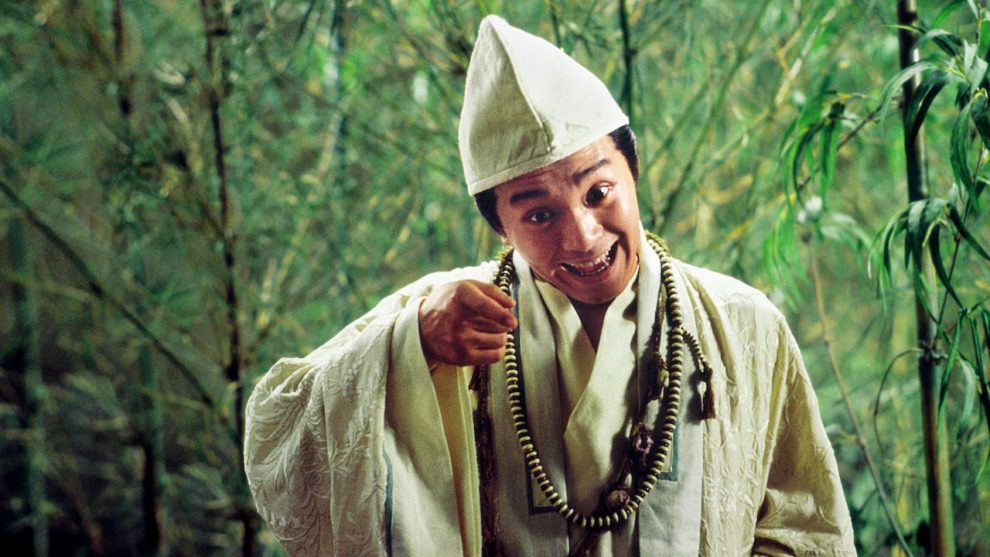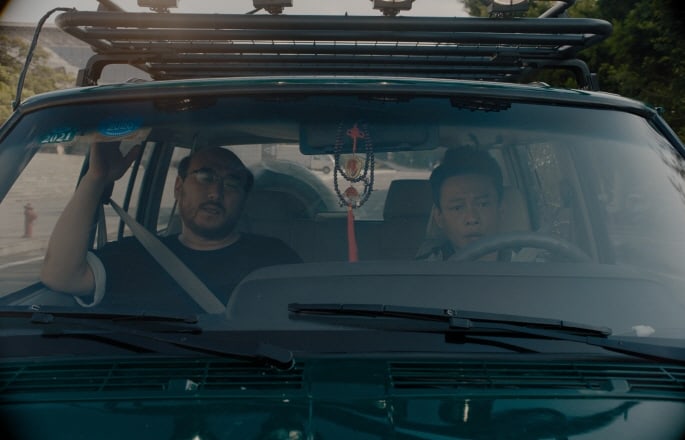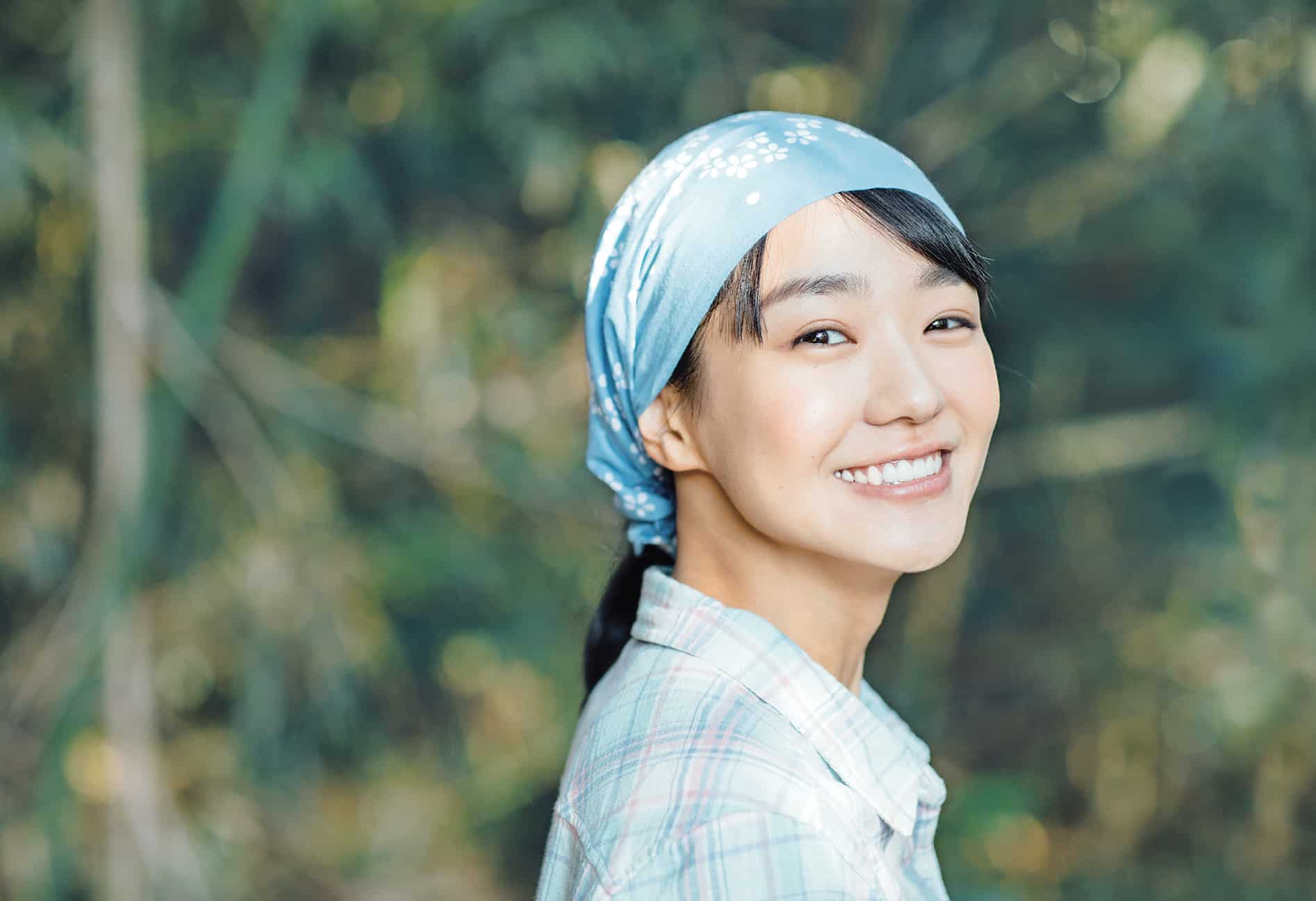Early on in both their careers and well before they would each go on to do the kind of work that they are now most known for, director Johnnie To and actor Stephen Chow collaborated on two features in as many years. The second of the two, “The Mad Monk”, was a chaotic production, with both the artists clashing behind the scenes furiously. It was thus a miracle that they managed to finish making it together, even if it meant that the two geniuses would never work together again.
Buy This Title
Fed up with the shenanigans of Dragon Fighter Louhan, all the Gods complain to the Jade King, who summons Dragon Fighter to stand trial. The disregarding Dragon first sends Tiger Fighter in his stead and when he does ultimately appear in front of them, starts telling the other Gods of their faults instead of repenting. Angrily, the Jade King commands Dragon to be reincarnated in the mortal realm as an animal. At the opportune moment though, Goddess of Mercy Guan Yin makes an appearance and asks for compassion in Dragon's punishment, instead suggesting that he be reincarnated in the earthly realm as a human and redeem the births and lives of three mortals, one destined to be a Prostitute for nine lives, another a Beggar in the same cycle of reincarnations and the third a Villain in as many lives. Louhan readily agrees but little did he know that this task, specially since he's devoid of his divine powers and armed only with a fan that grants him 3 wishes a day, is going to prove a difficult one, considering that all three subjects have accepted their fates and refuse to change.
The story of “The Mad Monk” takes its inspiration from 12th century folk hero Ji Gong, a monk who, legend has it, had supernatural powers and used them to help the poor and tackle injustice. The concept of Karma looms heavily over the entire narrative. The first part of the story feels very much like a Stephen Chow feature rather than a Johnnie To one, with its use of oddball characters and slapstick and Chow's usual fast-talking goofy style which has made him a much-loved name in Hong Kong cinema. This portion is heavily fused with Chinese mythology and an elementary knowledge of the same helps enhance the enjoyment of the comedy here, which would otherwise fall flat and alienate the audience. The tone shifts often here and feels a bit disjointed at times but as the story progresses, it takes a more coherent form.
The second half does get into a more comfortable gear, as Louhan goes about trying to change things up for the better for the three subjects. The bits with Maggie Cheung's Prostitute bring the romance and drama while those with Anthony Wong's Beggar bring the more grounded, if a bit hit-and-miss laughter. Both actors get to sharpen their comedic performances but Maggie, in particular, excels in the dramatic and lovelorn moments. There's action too, choreographed by Ching Siu-tung and the kind that To had just succeeded with in “The Bare-Footed Kid” that released in the same year, which are reserved for the segments where Dragon tries to change the villainous ways of the character played by Kirk Wong. The director/actor has a good time, playing the Villain with an almost pantomime style. The story even manages to take some shockingly dark turns that are quite unexpected but work in its favour.
“The Mad Monk” looks and sounds pleasing, the visuals, set designs and practical effects having an old-school feel to them. Some scenes are visually very arresting, like the one where Anita Mui's Guan Yin makes her first appearance, for example. Unfortunately, this star-studded Johnnie To affair ultimately is a rollercoaster of quality and enjoyment, with as many lows as highs, the latter of which are also nowhere near what can be excepted from a Johnnie To or indeed a Stephen Chow film. As a final collaboration between two giants of Hong Kong cinema, it proves to be a lukewarm legacy to leave behind of their work together.
















